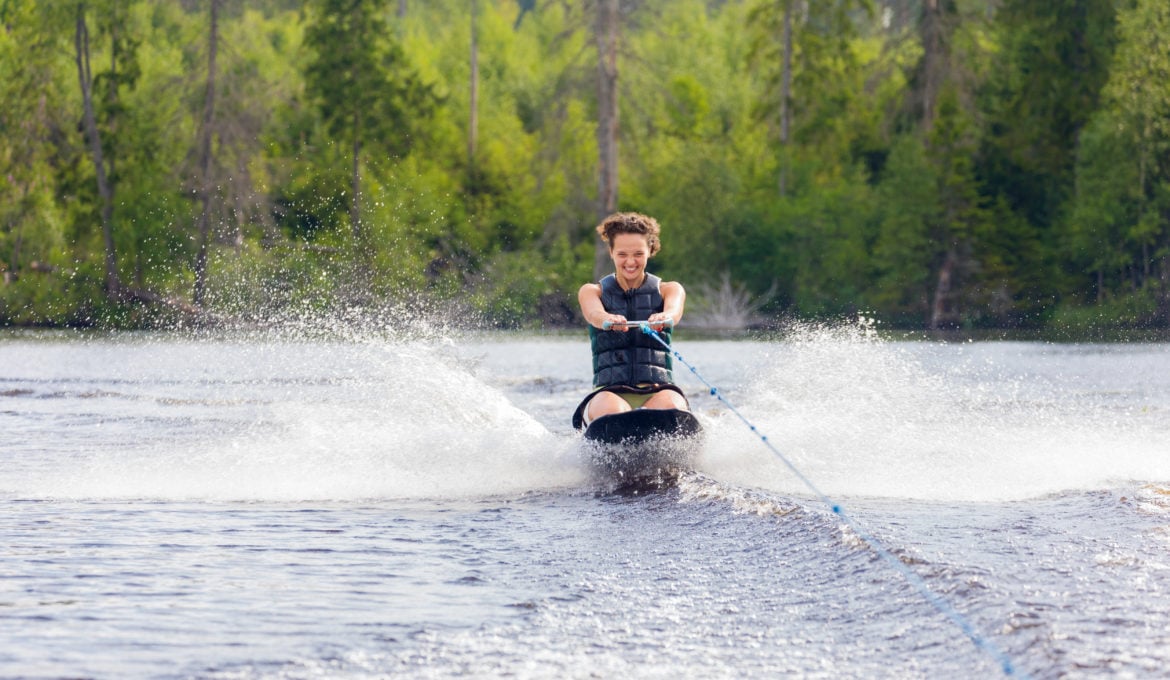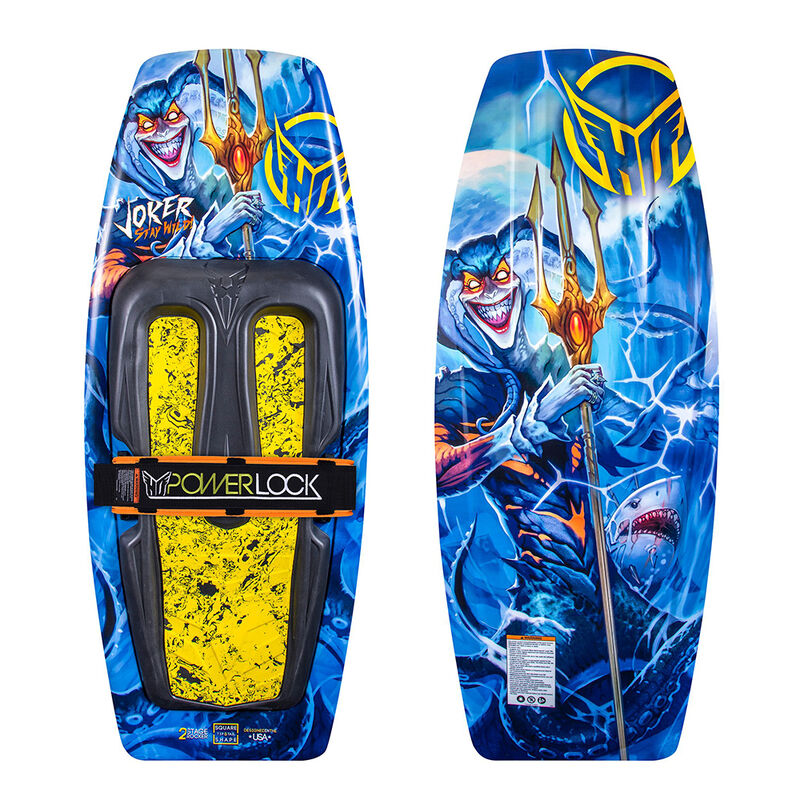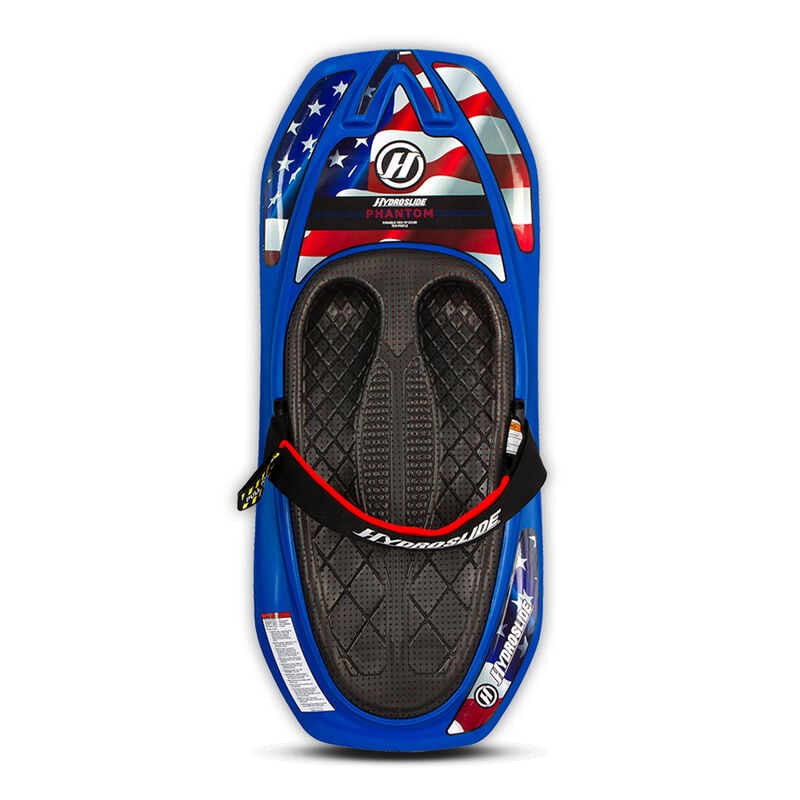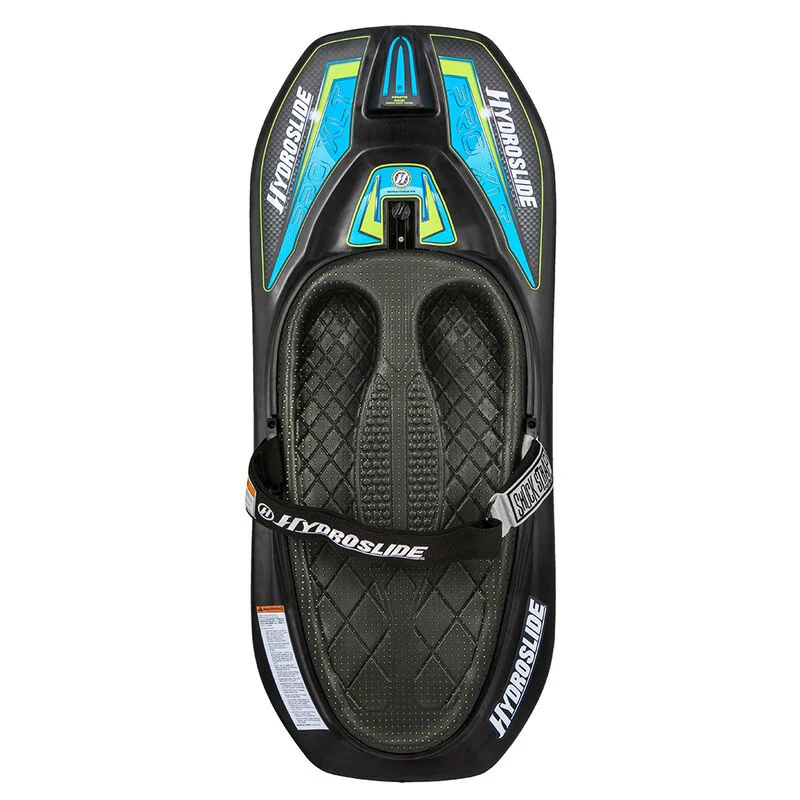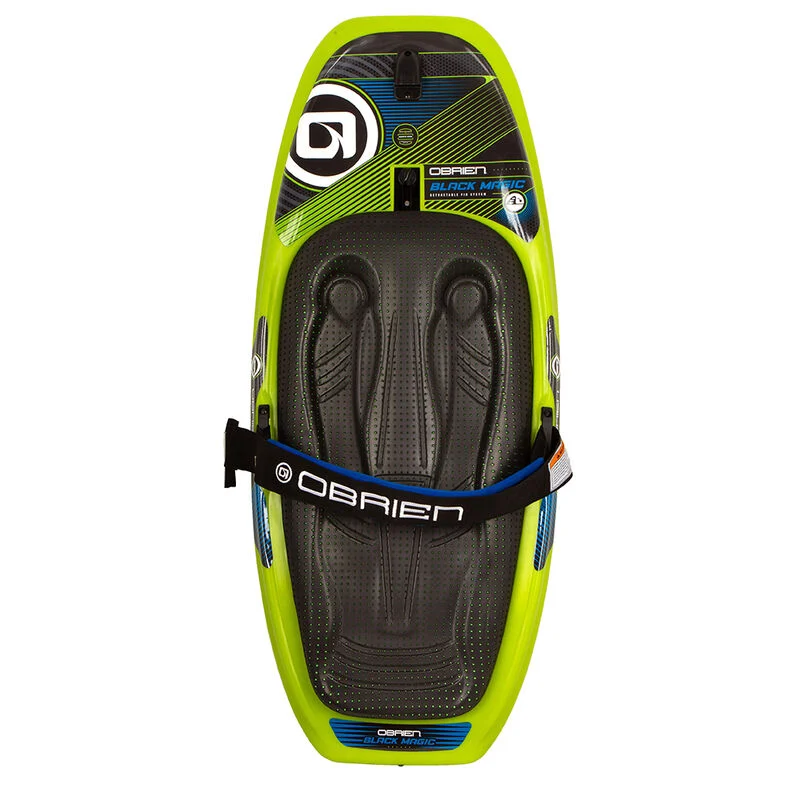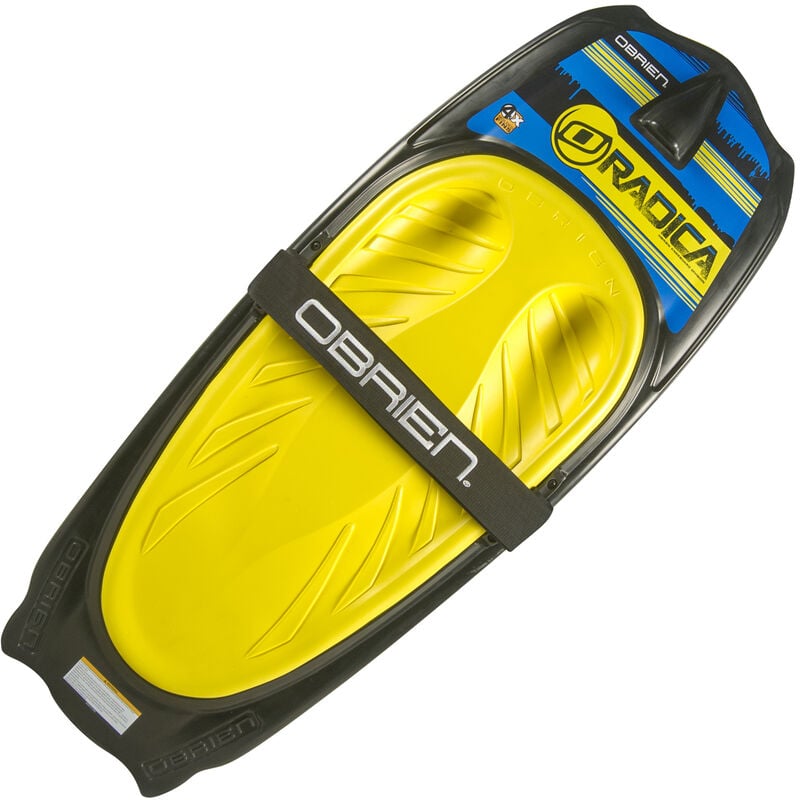Originating in the early 70s, kneeboarding was introduced to water enthusiasts as a new way to get people on the water. It quickly became popular and, today, is still one of the best ways to enjoy your time behind a boat.
Kneeboarding is fun for all ages. Once you get the hang of it, it’s a sport you’ll find yourself returning to repeatedly, even when you’ve moved on and mastered wakeboarding and water skiing. So, how do you kneeboard? Find out below!
How to Get Up on a Kneeboard
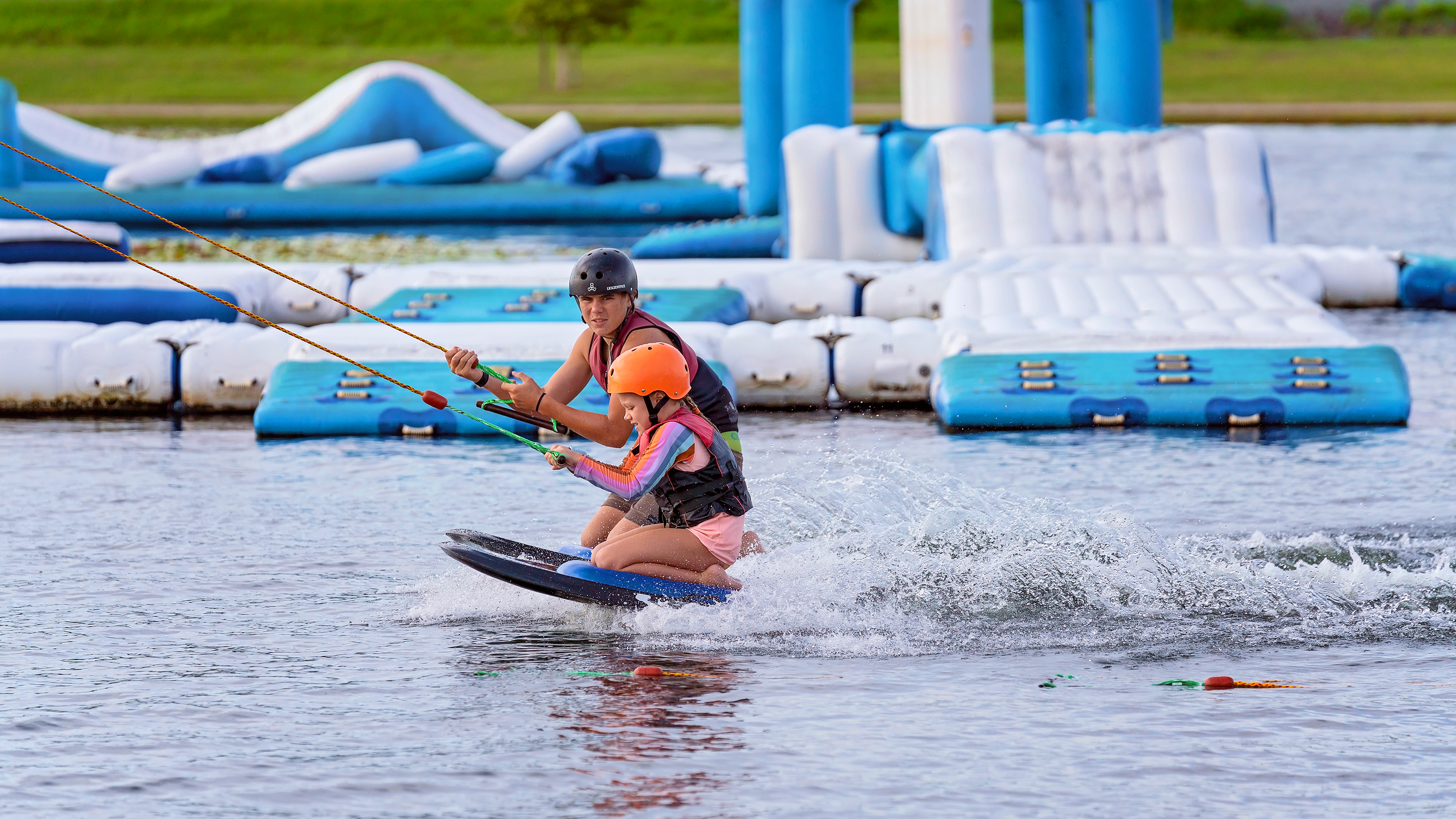
When it comes to the world of watersports, kneeboarding is often considered an introductory activity. It’s generally easier than water skiing or wakeboarding, and allows you to get your feet wet before moving on to more challenging watersports.
Start with these five steps to get up on your kneeboard:
- Begin on your belly. Lay flat on the kneeboard with your feet in the water behind you. Secure the handle of the tow rope in the hook at the top of the kneeboard and allow the boat to slowly move forward to tighten the line. Hanging onto each side of the board with your elbows resting in the kneepad grooves, balance your weight on the board.
- Pull yourself up onto the kneeboard. As the boat begins to accelerate, slowly pull yourself up by bringing your knees up to your elbows. When your knees are positioned into the kneepad grooves, rock back on your heels slightly to straighten your arms and back.
- Strap your knees in. When you’re comfortable on the kneeboard, secure the kneeboard strap over your thighs and take the tow rope from the hook. Hooking the handle with your elbow can be helpful to free your hands to secure the thigh strap. Then, hold the handle with your knuckles up and your thumbs under, keeping your arms in front of you with a slight bend in your elbows. Communicate with the boat driver (through pre-approved signals) to increase or decrease speed.
- Control the kneeboard. Once you feel confident on the kneeboard, you can start to steer it with a slight tilt of your head and shoulders in the direction you’d like to go. Lean the smallest amount in one direction to have the kneeboard turn naturally. To turn sharper and with more speed, lean back and toward the direction you wish to turn.
- Add in tricks. After you’ve mastered the steps above, you can start adding in tricks. It’s the best part! Ultimately, it’s all about how you position your body and distribute your weight. Practice getting up several times and perfecting your turns before attempting additional tricks. If you fall, don’t get discouraged. It gets easier!
Kneeboard FAQs for Beginners
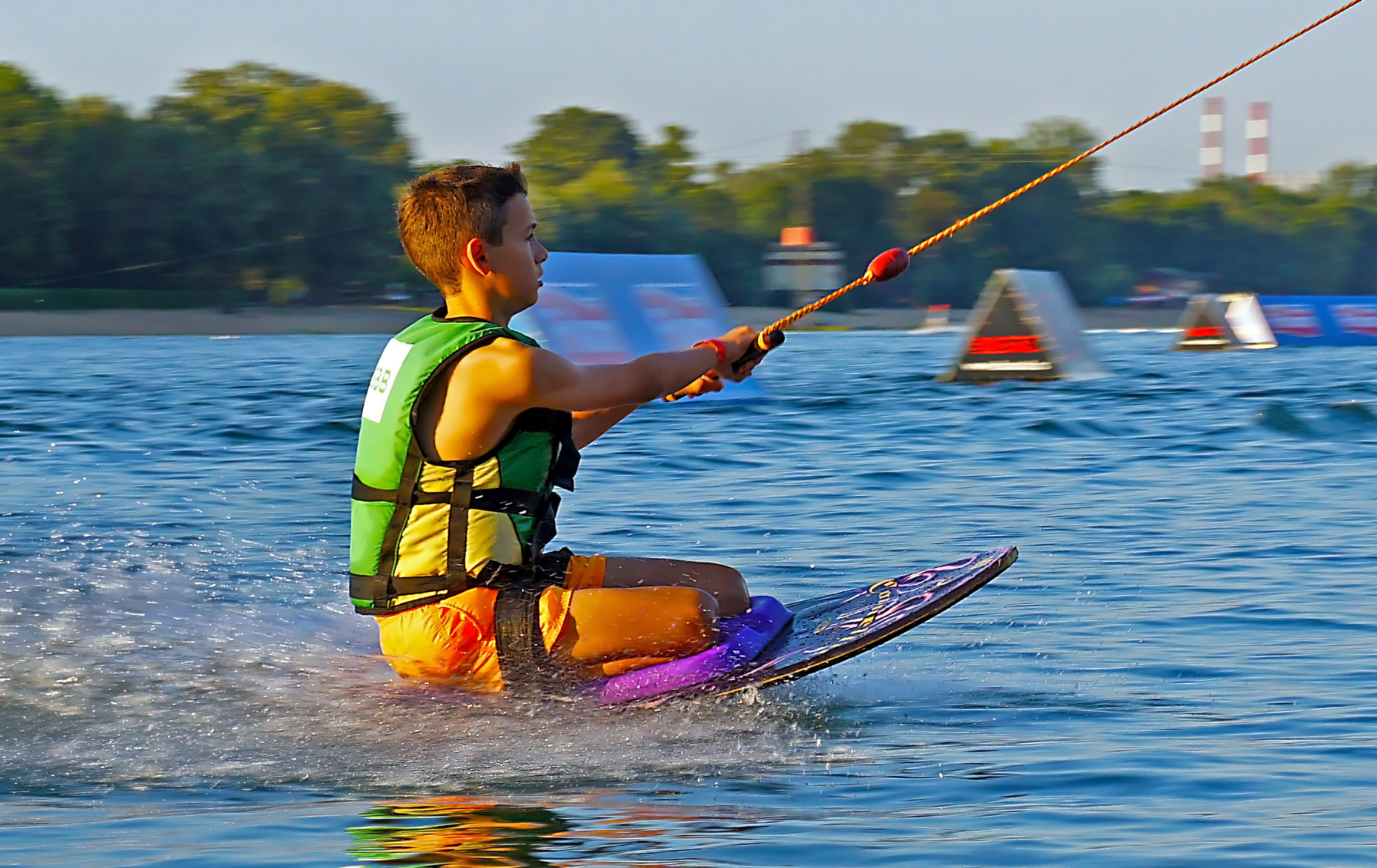
It’s natural to have questions when you’re trying something new, kneeboarding included. So here are a few of the most frequently asked questions beginners have.
The knees! Is kneeboarding bad for the knees?
No. Generally, kneeboarding is not bad for your knees. If done correctly and with a quality kneeboard, knee injuries are rare. Some people experience knee discomfort when kneeboarding for a long time, but increasing your flexibility or shortening your sessions helps with this.
As with all sports, if the rider is attempting stunts and tricks, the likelihood of injury increases. The impact of bouncing, jumping, and landing on the water can create discomfort. Choosing the right kneeboard can help prevent injury, as well as provide additional support during stunts.
How fast does the boat go when pulling a kneeboarder?
The speed of the boat pulling you when kneeboarding should be whatever speed you’re comfortable with. As a general rule, follow the guidelines below based on age.
- 5-10 years old — 10 MPH or slower
- 10-13 years old — 10 to 15 MPH
- 14-17 years old — 15-20 MPH
- 18 years old and older — 20 MPH or rider’s preference/comfort level
What do I need to start kneeboarding?
Other than a boat, or access to one, there isn’t much required to start your kneeboarding adventure. It’s also not that expensive in the beginning compared to other watersports.
To start, you need three things:
- Life Jacket — Not sure what life jacket to get? Find the right life vest for you.
- Kneeboard Tow Rope
- Kneeboard
Choosing a Kneeboard
When choosing a kneeboard, your options range from recreational to competitive. As a beginner, it’s recommended to start with a recreational kneeboard. They tend to be less expensive than competitive kneeboards and with more options available.
A recreational kneeboard is designed with superior buoyancy to help keep you afloat. Other beginner-friendly features of recreational kneeboards include a hook to hold your rope as you pull up and fins for extra tracking.
Here are a few kneeboards to consider:
Gladiator Viper Kneeboard
With a low-profile design, the Gladiator Viper Kneeboard is constructed to give you a comfortable and stable ride. It’s a perfect option for beginners with an aquatic hook, padded adjustable strap, and deep contoured kneepad.
Get the Viper Kneeboard by itself or grab the Gladiator Viper Kneeboard Package with a padded kneeboard bag included.
HO Agent with Pannolock Strap
If you’re a kneeboarding fan, then you’re likely familiar with Frankie Panno. With the HO Agent Kneeboard designed with tweaks from Panno himself, you’ll feel like a professional in no time. The diamond tip and tail shape provide a clean spin release off wakes and the two-stage rocker gives maximum pop.
The best part? The Pannolock Strap is a double-locking strap created to keep you stable while attempting all the big tricks of your dreams.
Get on the Water with Your Kneeboard
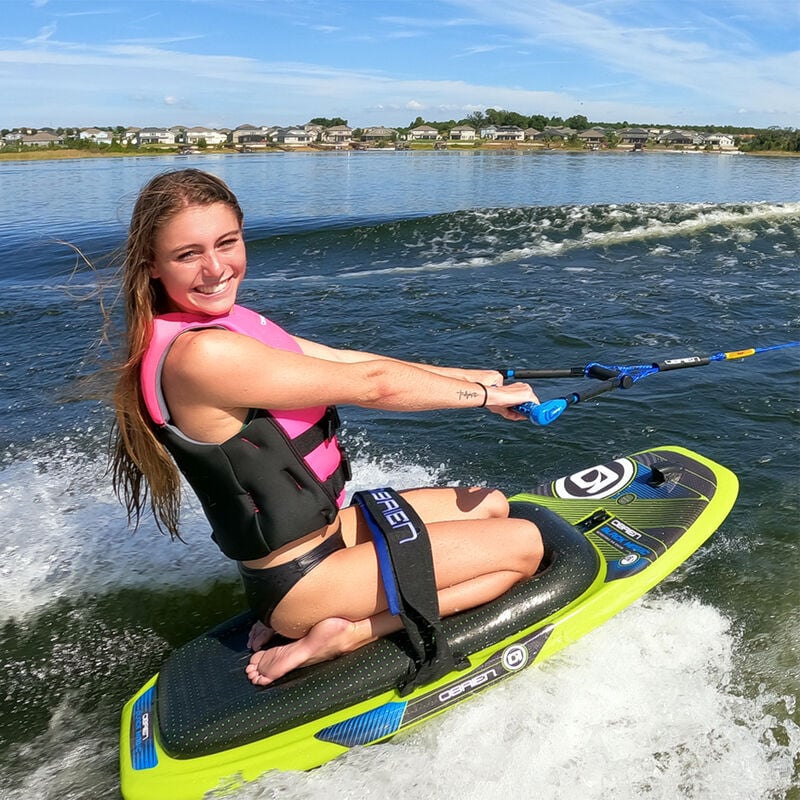
The best way to get used to kneeboarding is to simply get on the water. You’ll stumble. You’ll fall. You’ll wipeout. Then you’ll get up, fall in love with the sport, and start counting down the minutes until you’re able to kneeboard again. It’s a cycle that continues to happen for the best of us.
Have you ever been on a kneeboard? Tell us about your experience, including tips and tricks, in the comments below!

